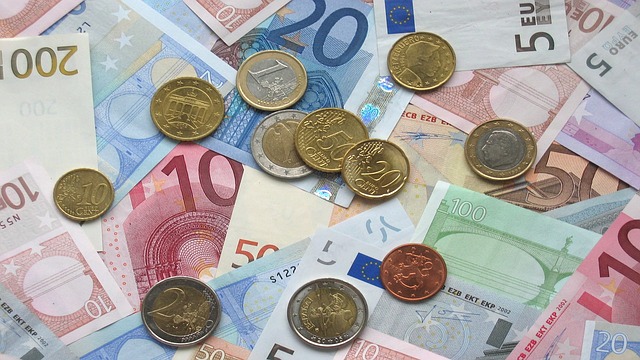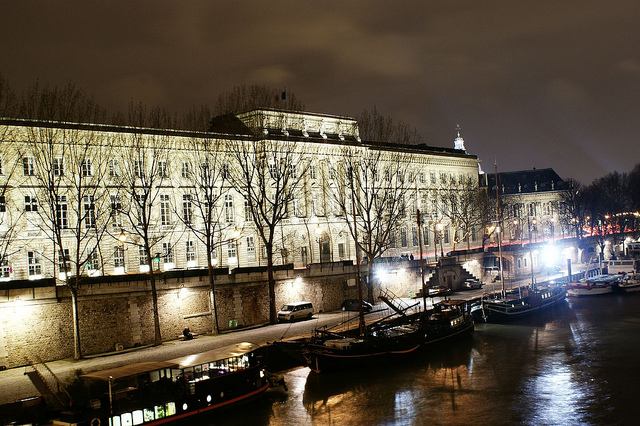Show Me La Monnaie – The Paris Mint Posted by John Bauer on May 30, 2018 in Culture
When you are in Paris, se promener (go for a walk) and you will stumble upon a historical site before you can count to soixante-onze (seventy-one). As long as le métro (the subway) is running, no matter how far you go, it will always be easy to make your way back home!
One day while walking along la Seine, I came across un bâtiment (a building) with something odd written on the side of its ancient walls:
La Monnaie
To any anglophone, that sounds like it should mean:
The Money
Curious about what exactly un bâtiment called “The Money“ could be, I had to look it up after I made my way home. After quickly realizing that la monnaie as a common noun means the currency and not the money, I refined my search to figure out what le bâtiment I had seen was and discovered an ancient French government institution:
La Monnaie de Paris
The Paris Mint
La Monnaie de Paris is a part of l’administration française (the French administration/government) and dates all the way to 864. En fait (in fact), it is the oldest continuously running mint in the world!
After moving several times during its first few centuries of existence, la Monnaie de Paris found its home on la rue de la Monnaie in 1358 and would stay there until the final change to its current address in 1879. Throughout its entire history it has been the main source of French coins and it continues that tradition into today with the production of French euro coins.
The current building is quite a bit newer than the institution itself and was created as a result of an 18th century architerture contest, much like l’opéra Garnier:
Hôtel de la Monnaie
L’hôtel de la Monnaie was designed in 1765 by the relative amateur Jacques-Denis Antoine and built over the 10 years following the competition. Upon its completion, the new hôtel de la Monnaie earned l’architecte a place in l’Académie royale d’architecture (Royal Architecture Academy), but it was a somewhat controversial decision at the time. The extravagant neoclassical façade of le bâtiment was seen as a bit too much for une manufacture (old word for une usine, a factory).
My ears may still confuse la monnaie (currency) with l’argent (money), but I can now appreciate l’histoire (the history) behind what I first thought was simply a strangely named building!

Build vocabulary, practice pronunciation, and more with Transparent Language Online. Available anytime, anywhere, on any device.





